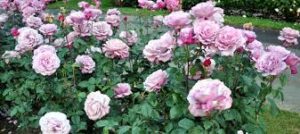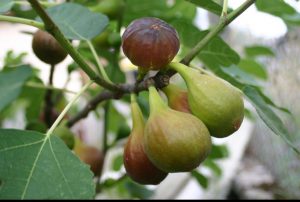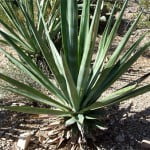Common Name: Salal, Shallon
Scientific Name: Gaultheria shallon
Family: Ericaceae (the Heath or Heather family)
Description:
Salal is an evergreen understory shrub native to the West coast of North America. It has sweet, great-tasting berries that are reminiscent of blueberries. It is one of the few plants that fruit well in shade. It also attracts beneficial insects, feeds wildlife, can be used as a low windbreak or ground cover, and once established, it can tolerate drought. A great understory plant for the Forest Garden.
History:
Salal is a common understory plant, typically growing under conifers, and is native the the West coast of North America. It has been introduced in the UK where it has readily grown in more acidic environments. Some in Europe consider it a mildly invasive weed.
Trivia:
- The name “salal” comes from the Chinnot Jargon sallal.
- The name “shallon” come from the Native American (unsure which people group) shellwell.
USING THIS PLANT
Primary Uses:
- Fresh Eating – fruit is like small blueberries
- Baking – pies, tarts, turnovers, etc. Use like blueberries or currants
- Cooking – can be used in savory dishes
- Preserves, jams, jellies, etc. The seeds are tiny (like strawberry seeds), so there is no need to strain them out
- Dried fruit
- Fruit Leather
- Flavoring component to beers, wines, liquers, etc.
Secondary Uses:
- General insect (especially bees) nectar plant
- Wildlife food plant
- Wildlife shelter plant
- Groundcover plant – perfect for shady locations. Space about 3 feet (0.9 meters) apart.
- Windbreak Shrub (very dense plant)
- Hedge plant
- Drought tolerant plant
- Tea plant – from dried leaves
- Edible leaves – young leaves are reportedly edible, but I have yet to try this
- Salal is used in floral arrangements
- Dye plant – fruit and leaves
- Medicinal Uses
Yield: no reliable information can be found
Harvesting: Summer (July – August). Pick when the berries get dark and soft.
Storage: Like blueberries, will store fresh for about a week.
DESIGNING WITH THIS PLANT
USDA Hardiness Zone: 6-8
AHS Heat Zone: 8-6
Chill Requirement: 50-450 hours/units depending on the species and variety
Plant Type: Small to medium-sized Shrub
Leaf Type: Evergreen
Forest Garden Use: Shrub Layer, Groundcover Layer
Cultivars/Varieties: This plant has not been developed much
Pollination: Self-Pollinating/Self-Fertile. Pollinated by insects.
Flowering: April – June
Life Span:
Years to Begin Bearing: 2-3 years
Years of Useful Life: No good information available, but since this plant produces runners so easily, an individual plant’s lifespan is not that important. An established community of Salal will live almost indefinitely.
PHYSICAL CHARACTERISTICS OF THIS PLANT
Size: 1-6 feet (0.3-1.8 meters) tall and indefinitely wide
Roots: Fibrous with stolons (aka “runners” – stems right at ground level that form roots)
Growth Rate: Medium
GROWING CONDITIONS FOR THIS PLANT
Light: Full sun to part shade
Shade: Tolerates deep shade
Moisture: Medium moisture soils
pH: prefers an acidic to fairly neutral soil (5.5-6.5), but can tolerate very acidic soils
Special Considerations for Growing:
Salal has a combination of traits that let it fill a unique niche in the Forest Garden. A difficult spot to fill is often under conifers, but the acidic soil and shade is where Salal will thrive.
Propagation: Typically by seed – requires 4-17 weeks cold stratification (depending on the source of information). Can be propagated by cuttings or more commonly by splitting the new plants that develop from the runners.
Maintenance:
Takes a little care to get young plants established as they are more frost susceptible, but once established, the only maintenance will be cutting back the runners from where you do not want them to grow. A mature patch of plants will try to expand at a rate of about 1 foot (30 cm) per year. This is easy to maintain and keep in bounds.
Concerns:
None.
















